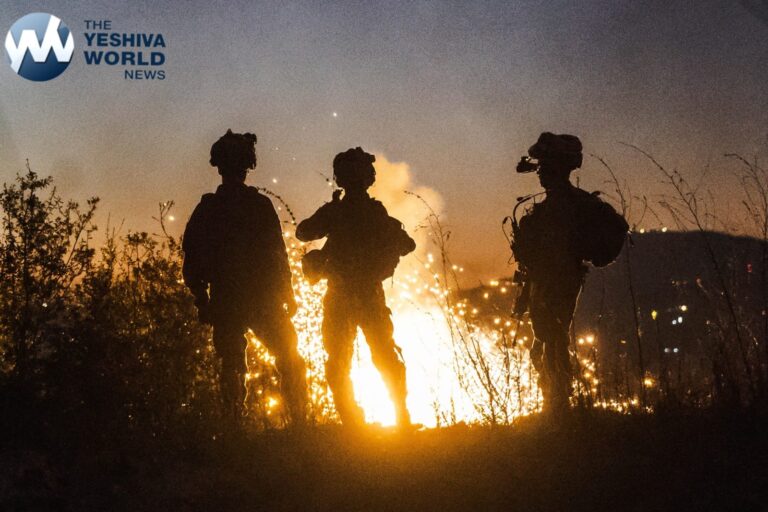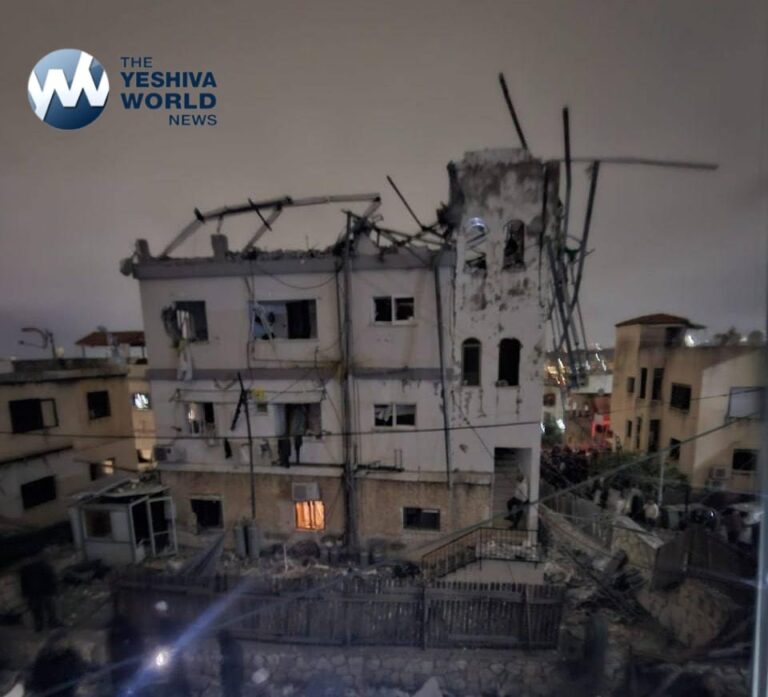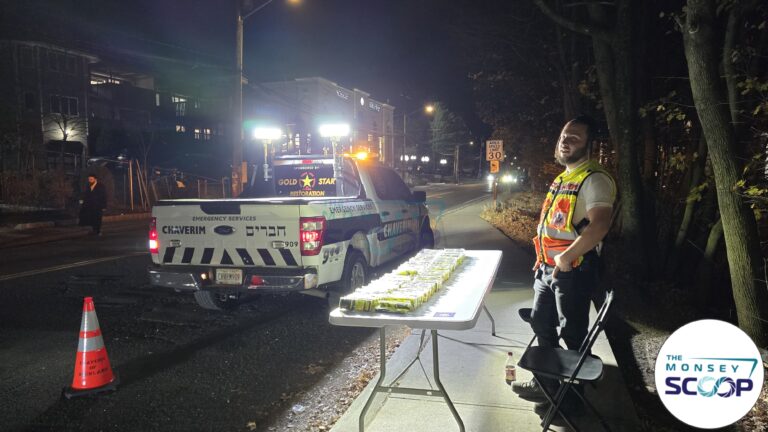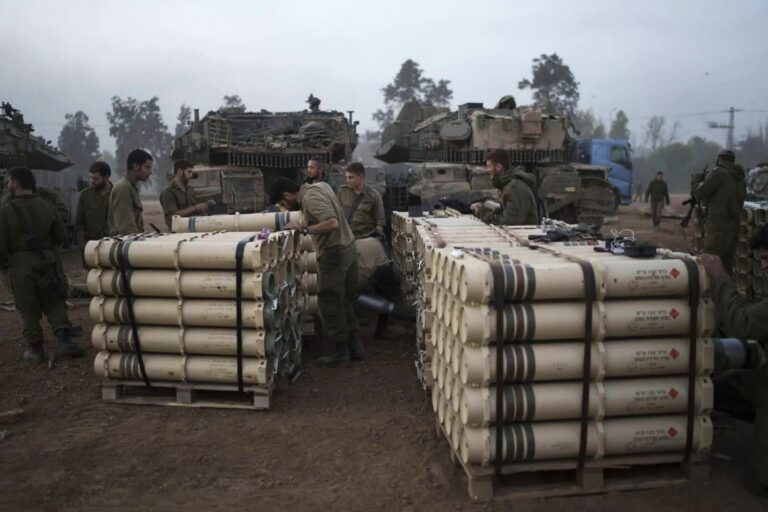 A gigantic line of powerful thunderstorms could affect one in five Americans on Wednesday as it rumbles from Iowa to Maryland packing hail, lightning and tree-toppling winds.
A gigantic line of powerful thunderstorms could affect one in five Americans on Wednesday as it rumbles from Iowa to Maryland packing hail, lightning and tree-toppling winds.
Meteorologist are warning that the continuous line of storms may even spawn an unusual weather event called a derecho (duh-RAY’-choh), which is a massive storm of strong straight-line winds spanning at least 240 miles. Wednesday’s storms are also likely to generate tornadoes and cause power outages that will be followed by oppressive heat, said Bill Bunting, operations chief at the National Weather Service’s Storm Prediction Center in Norman, Okla.
The risk of severe weather in Chicago, Indianapolis, Cincinnati and Columbus, Ohio, is roughly 45 times higher than on a normal June day, Bunting said. Detroit, Baltimore, Washington, Milwaukee, Pittsburgh and Louisville, Ky., have a risk level 15 times more than normal. All told, the area the weather service considers to be under heightened risk of dangerous weather includes 64 million people in 10 states.
“It’s a pretty high threat,” Bunting said, who also warned that the storms will produce large hail and dangerous lightning. “We don’t want to scare people, but we want them to be aware.”
Wednesday “might be the worst severe weather outbreak for this part of the country for the year,” said Jeff Masters, meteorology director at Weather Underground.
You can have tornadoes and a derecho at the same time, but at any given place Wednesday the straight-line winds are probably more likely.
Last year, a derecho caused at least $1 billion in damage from Chicago to Washington, killing 13 people and leaving more than 4 million people without power, according to the weather service. Winds reached nearly 100 mph in some places and in addition to the 13 people who died from downed trees, another 34 people died from the heat wave that followed in areas without power.
Derechoes, with winds of at least 58 mph, occur about once a year in the Midwest. Rarer than tornadoes but with weaker winds, derechoes produce damage over a much wider area.
Wednesday’s storm probably won’t be as powerful as 2012’s historic one, but it is expected to cause widespread problems, Bunting said.
The storms are the type that will move so fast that “by the time you see the dark sky and distant thunder you may have only minutes to get to safe shelter,” Bunting said.
The storms will start late morning or early afternoon in eastern Iowa, hit Chicago by early afternoon and move east at about 40 mph, Bunting said. If the storm remains intact after crossing the Appalachian Mountains, which would be rare for a derecho, it should hit the Washington area by late afternoon or early evening, he said.
For Washington, Philadelphia and parts of the Mid-Atlantic the big storm risk continues and even increases a bit Thursday, according to the weather service.
(AP)










